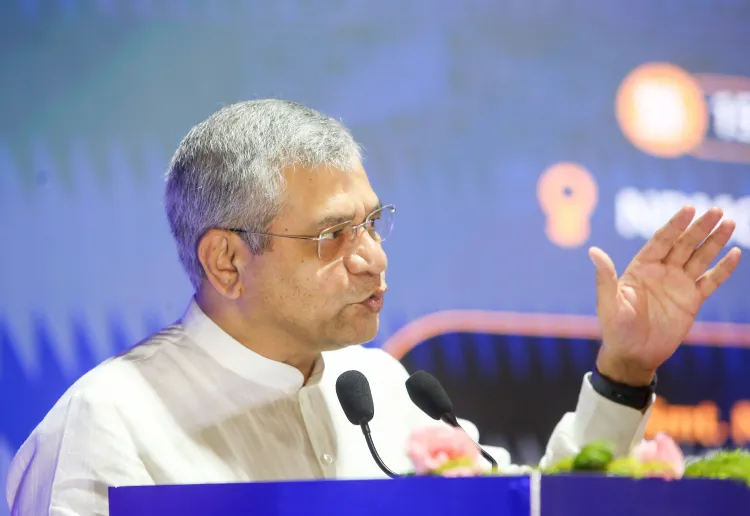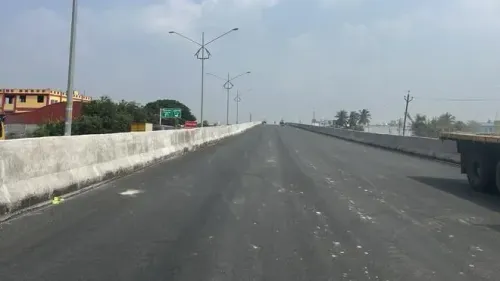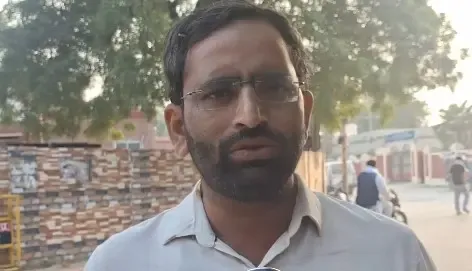Will the Mumbai-Ahmedabad bullet train be fully operational by 2029?

Synopsis
Key Takeaways
- Mumbai-Ahmedabad bullet train operational by 2029.
- 50-km stretch between Surat and Bilimora to open by 2027.
- Travel time reduced to two hours and seven minutes.
- Main line speed up to 320 km/h.
- Significant economic impact expected along the corridor.
New Delhi, Sep 27 (NationPress) The Mumbai-Ahmedabad bullet train is set to commence operations by 2029, with the first 50-km segment of India’s inaugural high-speed rail corridor between Surat and Bilimora in Gujarat projected to be open by 2027, informed Union Railways Minister Ashwini Vaishnaw on Saturday.
During his visit to the under-construction Surat station, where track installation and the first turnout are in progress, Vaishnaw stated that travelers will be able to traverse the distance between Mumbai and Ahmedabad in just two hours and seven minutes on the bullet trains, compared to the nine-hour duration indicated on Google Maps.
“The overall advancement of the inaugural bullet train project is commendable. The initial 50 km stretch between Surat and Bilimora will be operational by 2027. The Thane-Ahmedabad segment is slated for commissioning by 2028, with the complete Mumbai-Ahmedabad line expected to open by 2029,” the minister elaborated.
Vaishnaw emphasized the incorporation of cutting-edge technology for safety, which includes vibration absorption systems along the tracks and specialized safety mechanisms to withstand high winds and earthquakes.
Significant construction at Surat station has been finalized, with ongoing finishing and utility work alongside track connections, according to the minister. The first turnout, where tracks either converge or diverge, has been equipped with advanced technologies such as roller bearings and composite sleepers.
The main line is engineered for speeds reaching 320 kilometers per hour, while the loop line will function at 80 kilometers per hour. The schedule is designed so that a train will depart every half hour during peak morning and evening times. Once the entire network is stabilized, the frequency will increase to one train every ten minutes during peak hours, the minister previously mentioned.
This initiative is expected to enhance the economies of major cities along the corridor and stimulate regional development, mirroring Japan’s economic expansion post-high-speed rail implementation.
The 508 km long Mumbai-Ahmedabad high-speed rail corridor marks India’s first bullet train initiative. The minister also hinted at plans for four more bullet train corridors across other parts of the nation, as detailed in the BJP manifesto.









